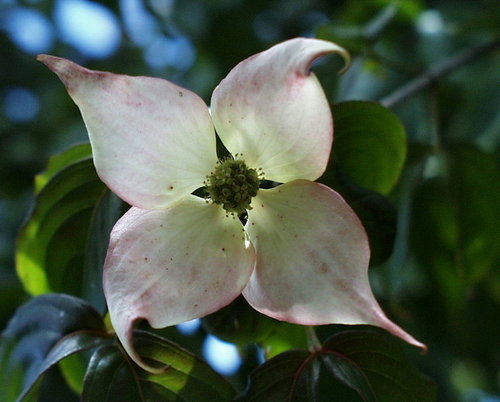Class information, articles, recipes and what's new at the Center for Traditional Health Arts
Tuesday, December 21, 2010
Winter Holiday Office Closure
Happy Holidays!
Friday, November 26, 2010
Slow-Cooker Congee
Wednesday, November 24, 2010
Saturday, November 20, 2010
Using Bone Stock in Everyday Cooking
Thursday, November 11, 2010
Classical Chinese Medicine Study Group
Monday, October 18, 2010
Using A Gaiwan to Prepare Tea

I have had many people ask me the best way to prepare tea. Of course, everyone has their own preference, but I like to use either an yixing clay teapot or a gaiwan. As shown in the photo to the right, a gaiwan set consists of the gaiwan container, which is shaped like a cup with a saucer and lid, and a teacup or pitcher to pour the tea into once it has brewed.
Step 1. Put the tea in the gaiwan (the cup shaped container with the lid).
Step 2. Rinse the tea by pouring boiling water (or cooler water for green tea) into the gaiwan over the tea.
Step 3. Carefully, using the lid as a strainer, pour the rinse water from the gaiwan into your teacup to warm the cup. Pour out the rinse water once the cup is warm.
Step 5. Prepare the first round of tea by filling the gaiwan with boiling or just boiled water (again use cooler water for green teas) and cover, letting steep for 15-30 seconds or so. Once it has steeped pour into your teacup (or cups), using the lid as a strainer. Sip and enjoy!
This can be repeated multiple times, with slightly longer infusion time each round.
Friday, September 24, 2010
Lily Photos
Friday, September 17, 2010
Harmonizing with the Season
Thursday, September 9, 2010
Salt Chicken
Saturday, August 28, 2010
Chinese Medicinal Plant Walk
 Every year Peg Schafer and I lead this medicinal plant walk at Quarryhill Botanical Gardens. Quarryhill is an amazing, world-class woodland garden specializing in Asian plants. We'll see and talk about a variety of rare and commonly used Chinese medicinal plants in terms of cultivation and usage. This is a great opportunity to see, learn about and get a feel for the live herbs in a beautiful setting.
Every year Peg Schafer and I lead this medicinal plant walk at Quarryhill Botanical Gardens. Quarryhill is an amazing, world-class woodland garden specializing in Asian plants. We'll see and talk about a variety of rare and commonly used Chinese medicinal plants in terms of cultivation and usage. This is a great opportunity to see, learn about and get a feel for the live herbs in a beautiful setting.Friday, August 13, 2010
The Way of Tea
Tuesday, August 10, 2010
Qigong Demo at Dr. Rong Rong Zheng's Banquet Part 2
Saturday, August 7, 2010
Newsletter Series
Thursday, July 22, 2010
Making Bone Stock
This is the basic way to prepare bone stock:
To make bone stock, start with 4 pounds of beef or pork bones (pork neck works really well). Pork bones will be more cooling, while beef will be a little warming. Bake the bones in the oven at 350 for 20-30 minutes. Then put the bones in your stock pot, add 1 gallon of water and 4 tablespoons of rice vinegar and bring to a boil. Cover and turn down to a simmer for around 8 hours. Strain the bones and let the stock cool. Refrigerate what you will use within a week and freeze the rest. As it cools it is normal for it to solidify into gelatin. This can be used for making congee, as the base for soups (diluted with water) or added in small amounts to soups, stir fry, steaming water for vegetables, cooking grains, etc.
Monday, July 12, 2010
Qigong Demo at Dr. Rong Rong Zheng's Banquet
Thursday, July 8, 2010
Elimination Communication
Tuesday, June 29, 2010
Natural Parenting
Monday, June 28, 2010
Summertime - Harmonizing with the Season
Wednesday, June 23, 2010
Miso Soup Recipe
To make miso soup, start by bringing 4 cups of water to a boil. Add 1 piece of Kombu seaweed that is about 3 inches by 3 inches (it best to rinse the seaweed first in cold water). Reduce heat and simmer covered for 20 minutes. Remove from heat and add a small handful of dried Bonito (dried, fish shavings). Let sit for several minutes then strain. Put 2 teaspoons (or more depending on taste preference) of miso paste in a bowl. Mix in one cup of the base that you have prepared and add a small pinch of Wakame seaweed. All of these ingredients - Kombu seaweed, Miso paste, Bonito, and Wakame seaweed - should be available at an Asian market.




